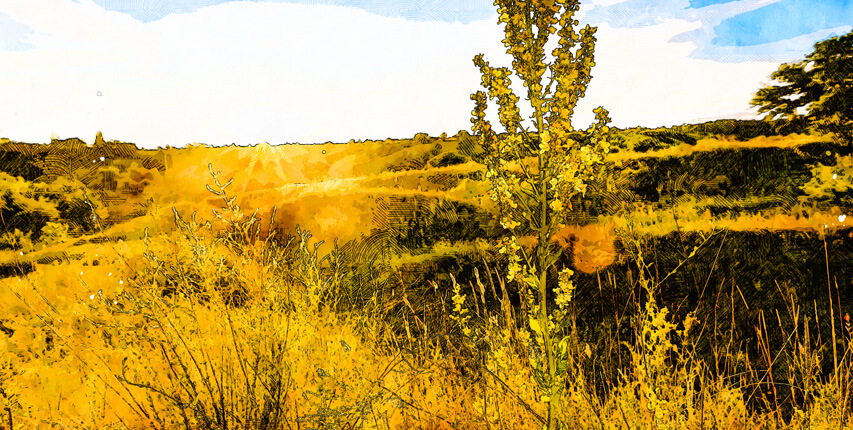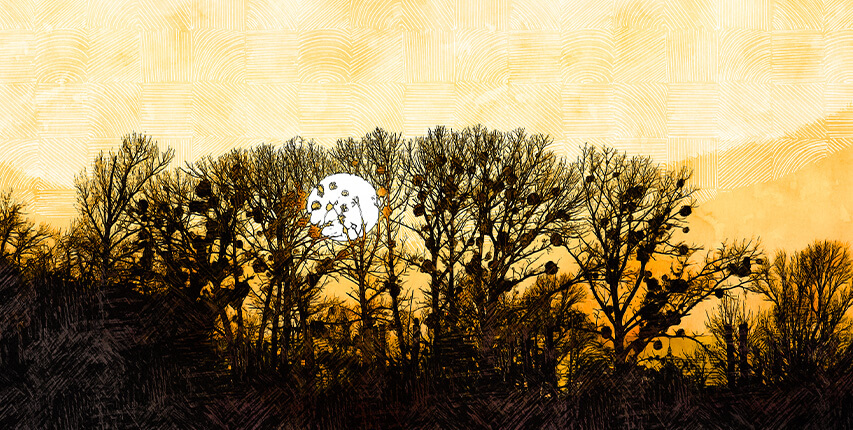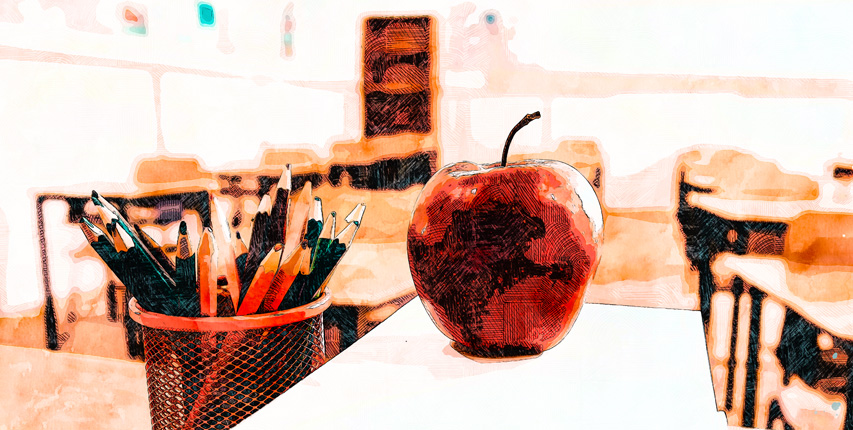Welcome to a little peek into my backyard!
I’ve gathered a mix of 15 plants from my garden—from cheerful flowers and kitchen herbs to a tiny lemon tree—each with its own quirks, from mint that wants to take over the world to a flower that changes color with soil pH. It’s a small garden tour built on curiosity and little surprises.
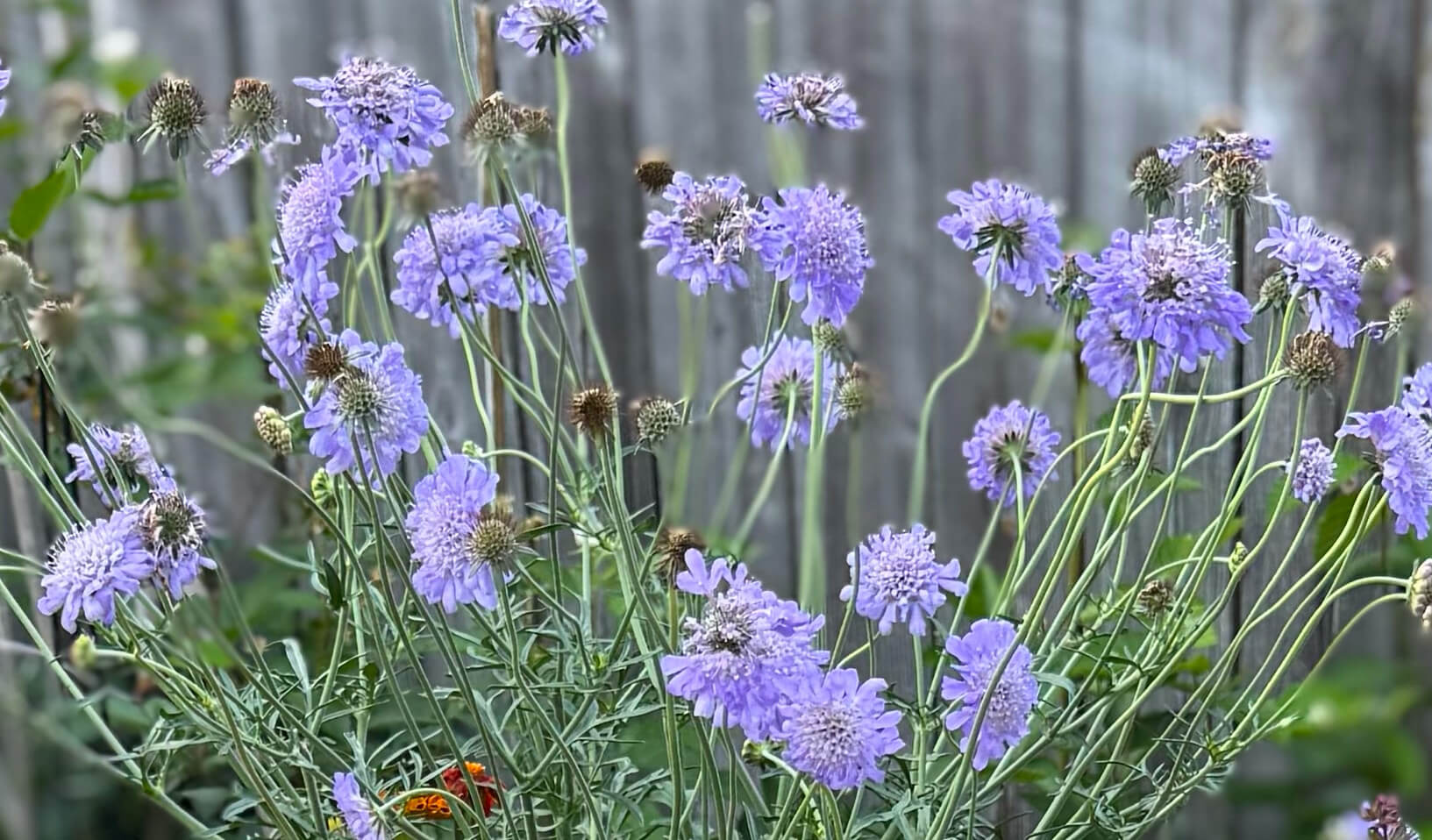
1.
Purple Pincushion Flowers
(Scabiosa)
Whimsical and long-blooming, these are bee and butterfly magnets.
The name Scabiosa comes from “scabies.” – The plant was historically used in folk medicine to treat skin conditions like scabies, hence the name—though it’s all about the blooms in modern gardens.
They’re prolific bloomers. – With regular deadheading, pincushion flowers will bloom from early summer well into fall—often one of the longest-blooming perennials in a bed.
They’re deer-resistant. – Deer tend to avoid Scabiosa, making them a solid choice for gardens where nibbling wildlife is a concern.
They make excellent cut flowers. – Not only are they beautiful in arrangements, but they last a surprisingly long time in a vase—plus, bees and butterflies love them while they’re in the ground.
Plants can bloom longer with regular deadheading—just like pincushion flowers, which keep going well into fall with a little care.
2.
Lemon Tree
(Citrus Limon)
Still small, but a hopeful addition! One day, it’ll bring fresh citrus to the table. Right now, it’s soaking up sun and settling into its pot.
Lemon blossoms are edible. – Their delicate petals have a light citrusy flavor and can be used as a garnish in salads or desserts.
Lemon trees are self-pollinating.
You don’t need multiple trees to get fruit—one tree can pollinate itself, though a little help from bees (or a gentle shake) can boost yields.
Lemon trees don’t like wet feet. – While they love sun, their roots can rot if left in soggy soil. Good drainage is key!
They like to be a little root-bound. – In containers, lemon trees often do better when their roots are a bit snug—too much space can slow down fruit production.
They’re surprisingly cold-sensitive. – Even a light frost can damage a lemon tree, which is why many gardeners in cooler zones grow them in pots and bring them indoors for winter.
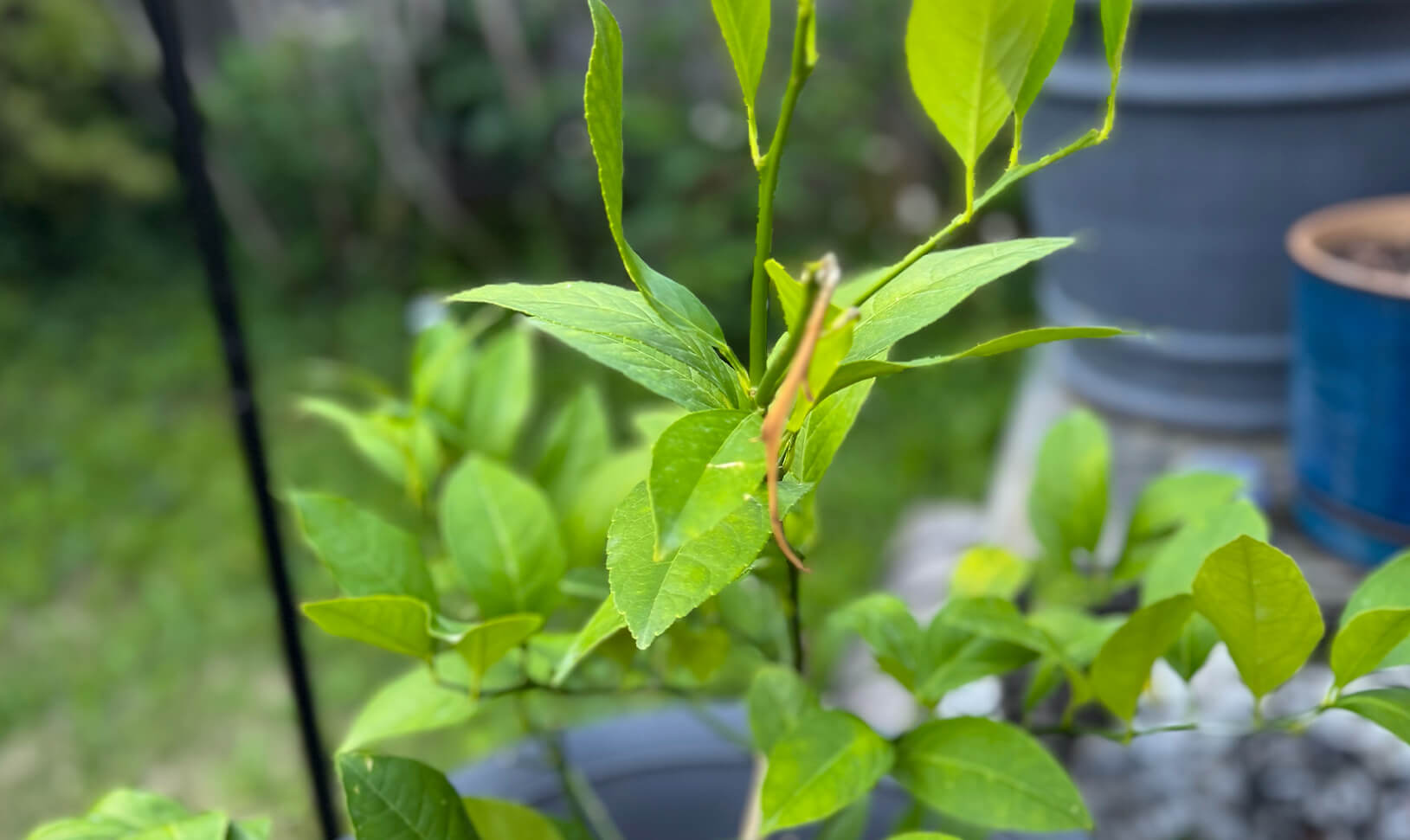
Pollinators love a little wildness in the garden. Letting herbs flower or planting nectar-rich blooms nearby can boost pollination for everything, including lemons.
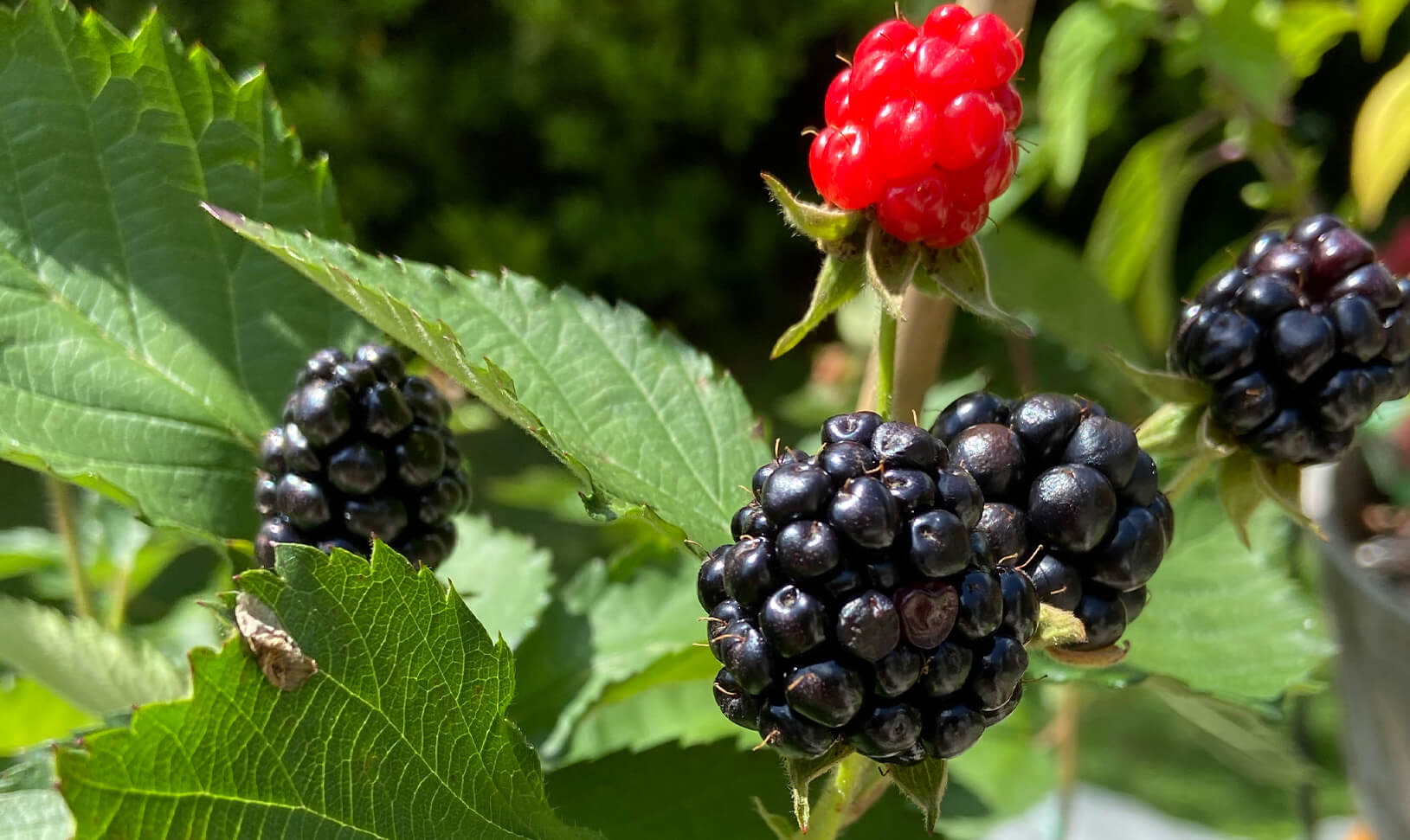
3.
Blackberries
(Rubus fruticosus)
A few years in, and this hardy bush is now a summer favorite—snack-ready right off the branch (with just a few scratches to earn it).
Blackberries aren’t technically berries. – Botanically, they’re an “aggregate fruit,” made up of multiple tiny drupelets—each with its own seed.
They grow on biennial canes. – A cane grows one year (primocane), fruits the next (floricane), then dies back—while new canes start the cycle again.
They root themselves. – Blackberry tips that touch the ground can take root and form a new plant—a process called “tip layering.”
They have natural medicinal properties. – Blackberry leaves and roots have been used in traditional herbal medicine for sore throats and digestive issues.
They were used as natural fencing. – In Europe, dense blackberry thickets were historically planted to deter animals and even people—they’re that tough and thorny.
Blackberries are masters of survival. Like many plants, their tips can root themselves when they touch the soil—a process called “tip layering.” And speaking of roots—some plants, including herbs like oregano and mint, thrive when slightly root-bound or crowded, growing even more flavorful under a little stress.
4.
Cone Flowers
(Echinacea purpurea)
Tough, cheerful, and full of personality—these native blooms thrive in heat, poor soil, and attract a parade of bees, butterflies, and birds. Their bold centers and daisy-like petals make them a standout in any sunny spot.
They love the sun. – Coneflowers tilt their heads slightly to follow the sun, a behavior called heliotropism.
They’re native to North America. – Originally found in prairies and open woodlands, coneflowers are true natives—meaning they’re naturally well-suited for heat, drought, and local pollinators.
They’re medicinal powerhouses. – Indigenous peoples and herbalists have long used Echinacea roots and flowers to support immune health. It’s still one of the most commonly used herbal supplements today.
They attract beneficial insects. – Not just bees and butterflies—coneflowers also attract parasitic wasps, which help keep harmful insects in check.
They self-seed and multiply. – If you let the seed heads dry out, coneflowers will drop seeds and often come back with more plants in spring.
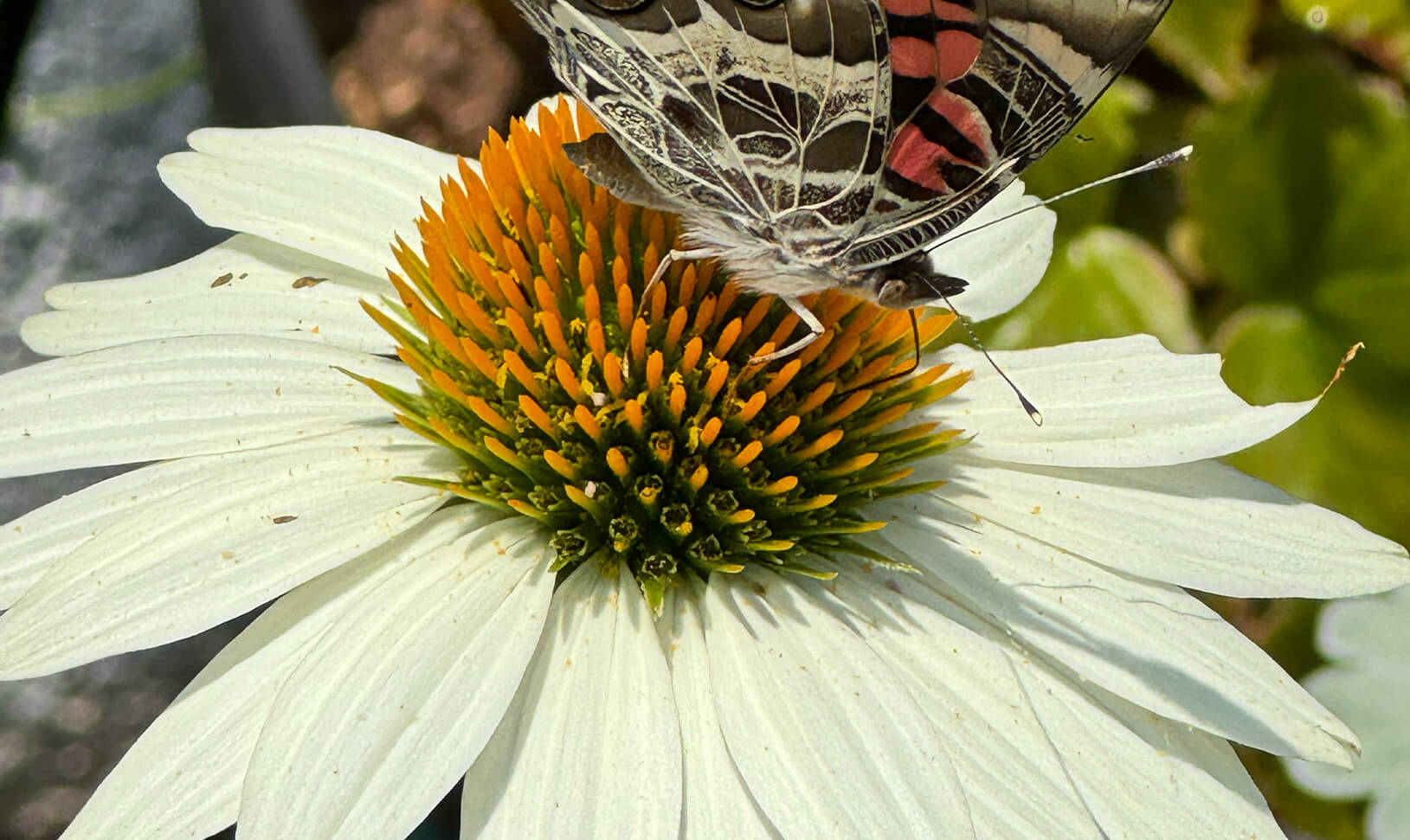
If you leave coneflower seed heads standing after blooming, they’ll feed songbirds like goldfinches through the colder months. Additionally, many plants, including coneflowers, can communicate underground through shared root fungi, sending signals about pests or drought.
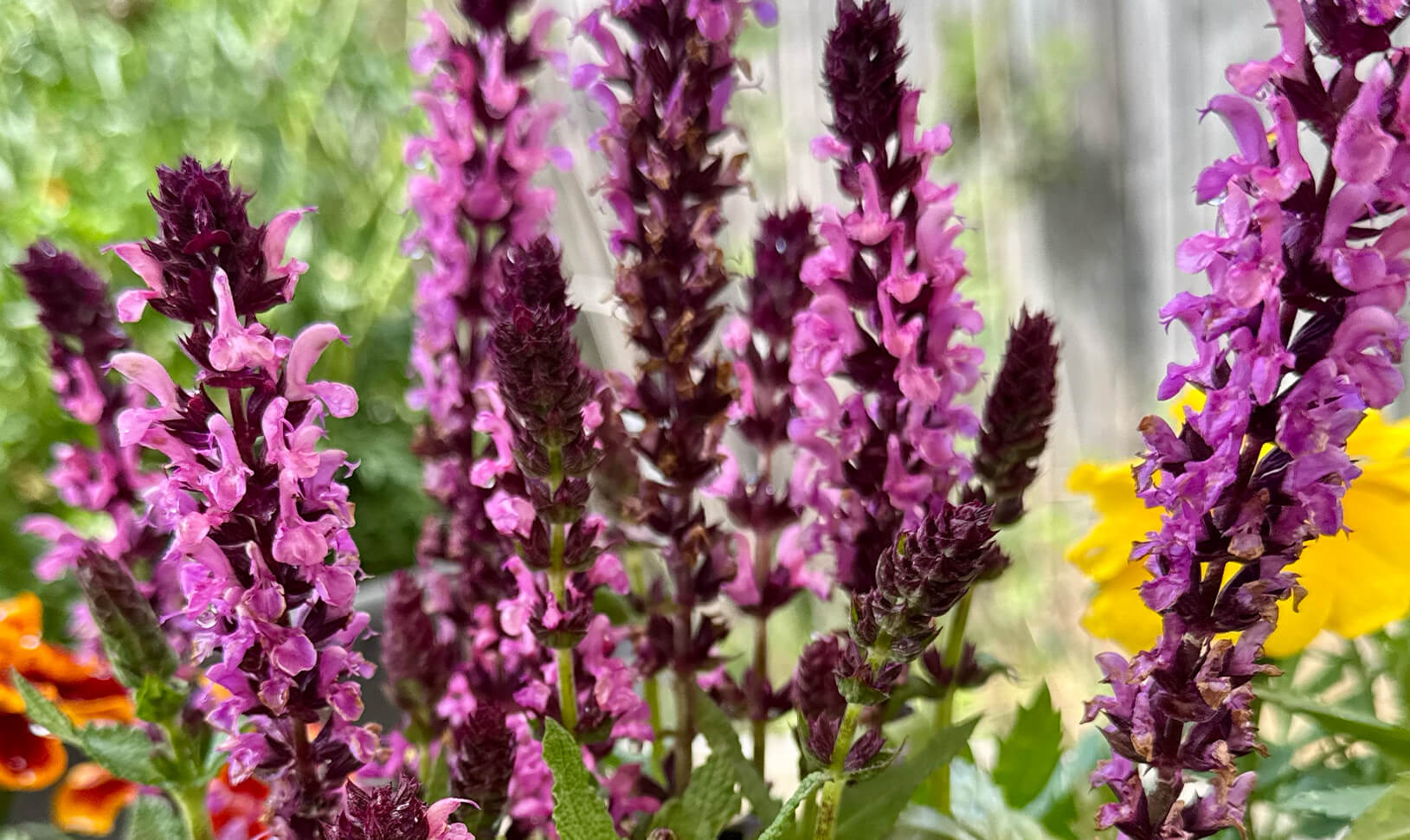
5.
Purple Wood Sage
(Salvia)
Violet spires with a spicy scent, this plant pulls in hummingbirds and pollinators all season long—and it does it with very little fuss. Once established, it’s drought-tolerant, deer-resistant, and blooms like crazy in lean soil.
It’s part of the mint family. – Like many aromatic herbs, salvia belongs to the Lamiaceae family, which includes mint, oregano, and basil—explaining its square stems and fragrant leaves.
Salvia has over 900 species. – From culinary sage to ornamental varieties like purple wood sage, this plant family is incredibly diverse and grows across multiple continents.
It thrives on neglect. – Once established, many salvias are drought-tolerant, pest-resistant, and actually bloom better in lean soil without too much fertilizer.
It’s used in natural remedies. – Salvia comes from the Latin word salvere, meaning “to heal”—a nod to its long-standing use in folk and herbal medicine.
Its flowers are designed for hummingbirds. – The tubular shape of salvia flowers perfectly suits long beaks and tongues, making it a hummingbird favorite.
Some plants adjust their growth patterns when touched or brushed against regularly—a behavior called thigmomorphogenesis. While salvia doesn’t curl or move like a Venus flytrap, it’s one of many plants that strengthens its stems and adjusts its shape in response to wind or regular contact.
6.
Marigolds
(Tagetes)
The bold guardians of the garden—these sunny blooms do more than look pretty. They deter pests, thrive in harsh sun, and have a long history of being planted for both protection and celebration.
They’re natural pest repellants. – Marigolds release a compound called thiophene, which can deter nematodes and harmful insects in the soil. In many cultures, marigolds symbolize protection and are planted at doorways to ward off bad energy and insects.
They’re edible. – Certain marigold varieties, like Tagetes tenuifolia (signet marigold), have citrusy, peppery petals often used in salads and teas.
They bloom almost non-stop. – With regular deadheading, marigolds will flower from spring until frost—making them one of the longest-lasting annuals in the garden.
They’re a key part of Día de los Muertos. – In Mexican tradition, marigolds (especially cempasúchil) are used to honor the dead and guide spirits with their color and scent.
They thrive on neglect. – Marigolds are one of the easiest flowers to grow, especially in hot climates with full sun.
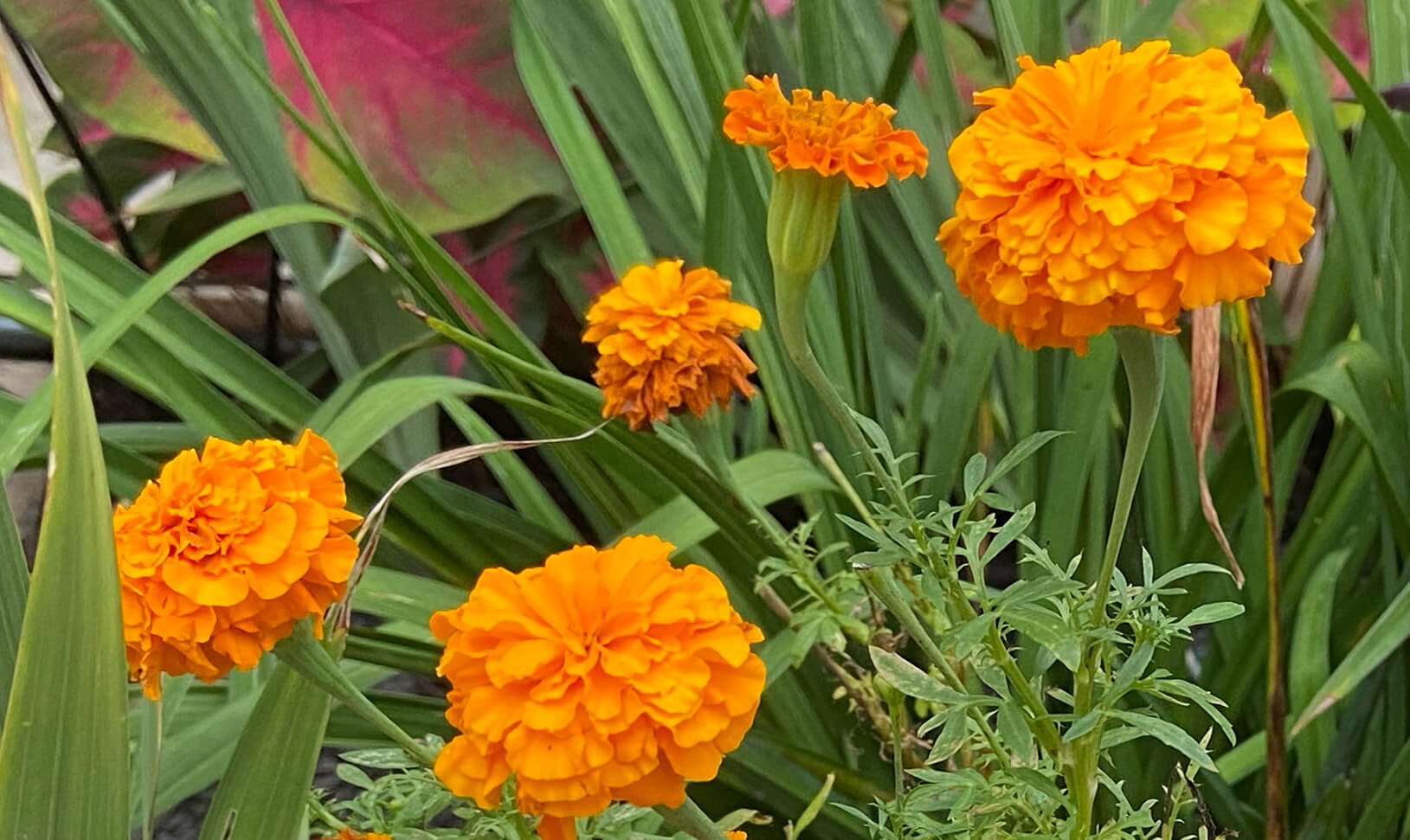
Watering plants early in the day helps reduce evaporation, allows leaves to dry before nightfall, and lowers the risk of fungal diseases. Marigolds, in particular, are susceptible to powdery mildew if their leaves stay wet overnight—so give them a sunny morning drink!

7.
Coleus
(Plectranthus scutellarioides)
Grown for its electric leaves rather than blooms, coleus adds drama to shady corners—and more recently, even sunny beds. With so many colors and shapes, it’s like nature’s patchwork quilt.
It’s technically in the mint family. – Like salvia and oregano, coleus has square stems and aromatic leaves—signs of its Lamiaceae roots.
It can be easily propagated in water. – Snip a stem, drop it in water, and you’ll see roots in just a few days—making it one of the easiest plants to multiply.
Coleus is highly sensitive to cold. – Though treated as an annual in most places, it’s a tender perennial in warm climates. Even a light frost can take it down.
Its color intensity depends on light. – Too much shade and it fades; too much sun and it might scorch. The sweet spot brings out its most vibrant colors.
It used to be called Solenostemon. – The plant was reclassified from Solenostemon to Plectranthus, showing how botanical naming evolves as we learn more about plant relationships.
A single teaspoon of healthy soil can contain billions of microorganisms—tiny bacteria, fungi, and microbes that help plants absorb nutrients, fight disease, and grow stronger. That living soil plays a key role in keeping your coleus lush and vibrant.
8.
Gladiolus
(Gladiolus spp.)
Elegant and upright, these make a bold statement whether they’re in the garden or standing tall in a vase. Their striking leaves and vertical blooms have earned them the nickname “sword lilies.”
Their name means “little sword.” – The word Gladiolus comes from Latin gladius, meaning sword—named for the shape of their pointed leaves.
They grow from corms, not bulbs. – Corms are underground storage organs, similar to bulbs but structurally different. Gladiolus corms should be dug up and stored in cold climates over winter.
They’re a symbol of strength. – In the language of flowers, gladiolus represent strength of character, integrity, and remembrance.
They’re a classic cutting flower. – With tall stalks and long bloom time, gladiolus are a florist favorite and are often grown just for bouquets.
They bloom in succession. – By staggering planting times (every 1–2 weeks), you can enjoy fresh gladiolus blooms all summer long.
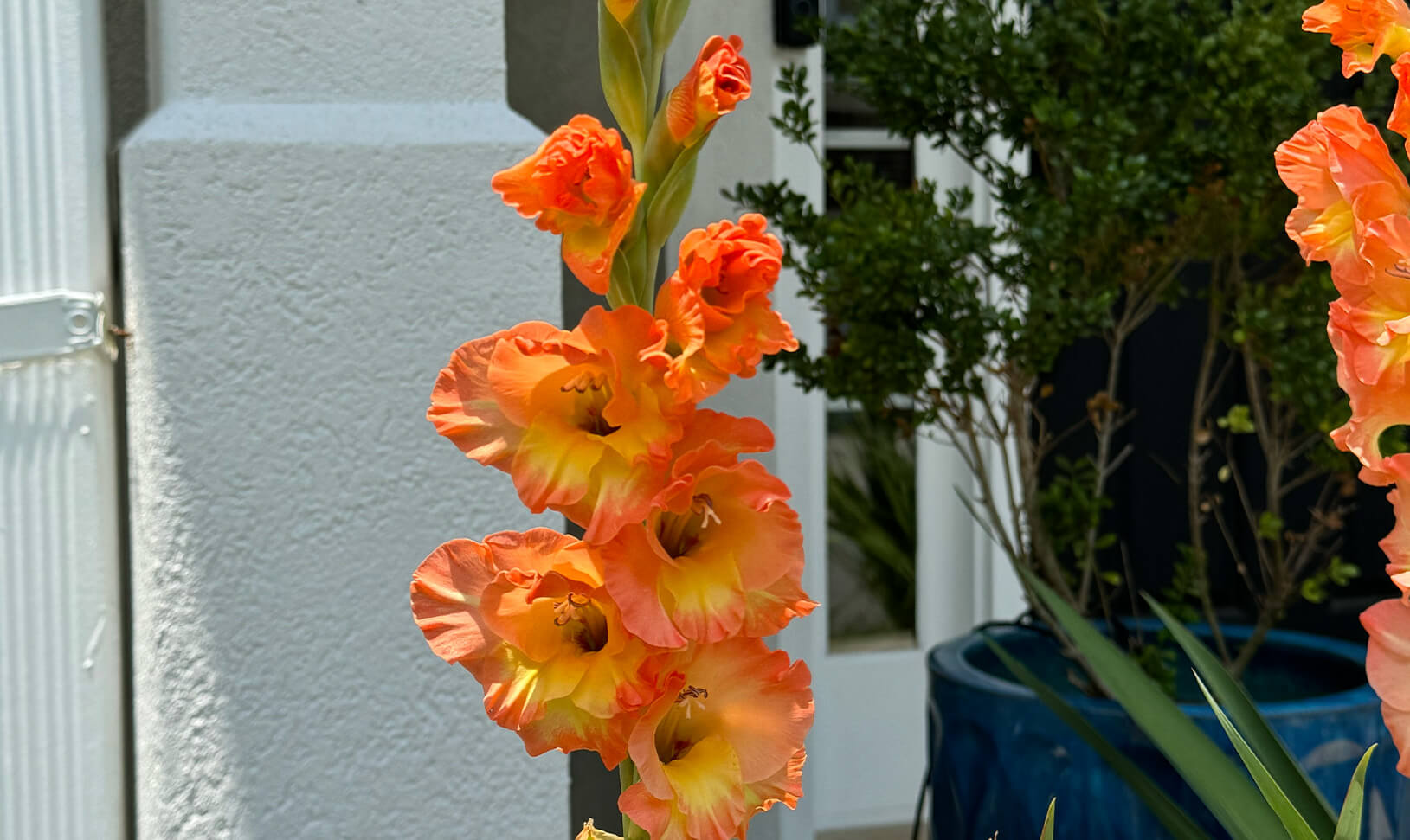
Your soil has a memory — Certain plant families can deplete specific nutrients, so rotating where you plant things each year helps keep soil balanced and healthy.

9.
Lillies
(Lilium spp.)
Dramatic and fragrant, they return each year like clockwork.
They’re true perennials. – Unlike many lookalikes, true lilies grow from bulbs and come back year after year with minimal care—often multiplying over time.
Not all “lilies” are actually lilies. – Daylilies (Hemerocallis) and peace lilies (Spathiphyllum) aren’t true lilies. Only members of the Lilium genus carry that title.
Lilies are toxic to cats. – Even a small amount—pollen, a leaf, or water from a vase—can be extremely harmful, so they should be kept out of reach.
They symbolize renewal and purity. – In many cultures, lilies are associated with rebirth, making them a popular flower at spring festivals and ceremonies.
They can bloom in sequence. – By choosing early-, mid-, and late-season lily varieties, you can have blooms from early summer to fall.
While many garden blooms attract with fragrance, others use strong or even unpleasant scents to bring in specific pollinators—or to repel pests. Lilies fall into the fragrant category, but even that depends on the variety. Some are sweet and bold; others are nearly scentless!
10.
Dahalias
(Gladiolus spp.)
Bold and varied, dahlias can be spiky, round, or soft as a puffball—sometimes all in the same garden. With hundreds of forms and colors, they’re a floral fireworks show all season long.
Dahlias are native to Mexico and Central America. – They were cultivated by the Aztecs, who used them for food, medicine, and ornamentation.
There are over 40 recognized species and 60,000 cultivars. – From ball-shaped pompons to cactus-like blooms, there’s a dahlia form for every style.
They grow from tubers, not bulbs. – Their thick tuber roots store energy to fuel their dramatic bloom displays—like underground batteries.
Dahlias don’t produce scent. – Despite their beauty, most dahlias are scentless—pollinators come for their color and shape, not their fragrance.
They’re technically edible. – Dahlia tubers were once eaten like potatoes by indigenous peoples. Some heirloom varieties are being rediscovered as culinary curiosities.
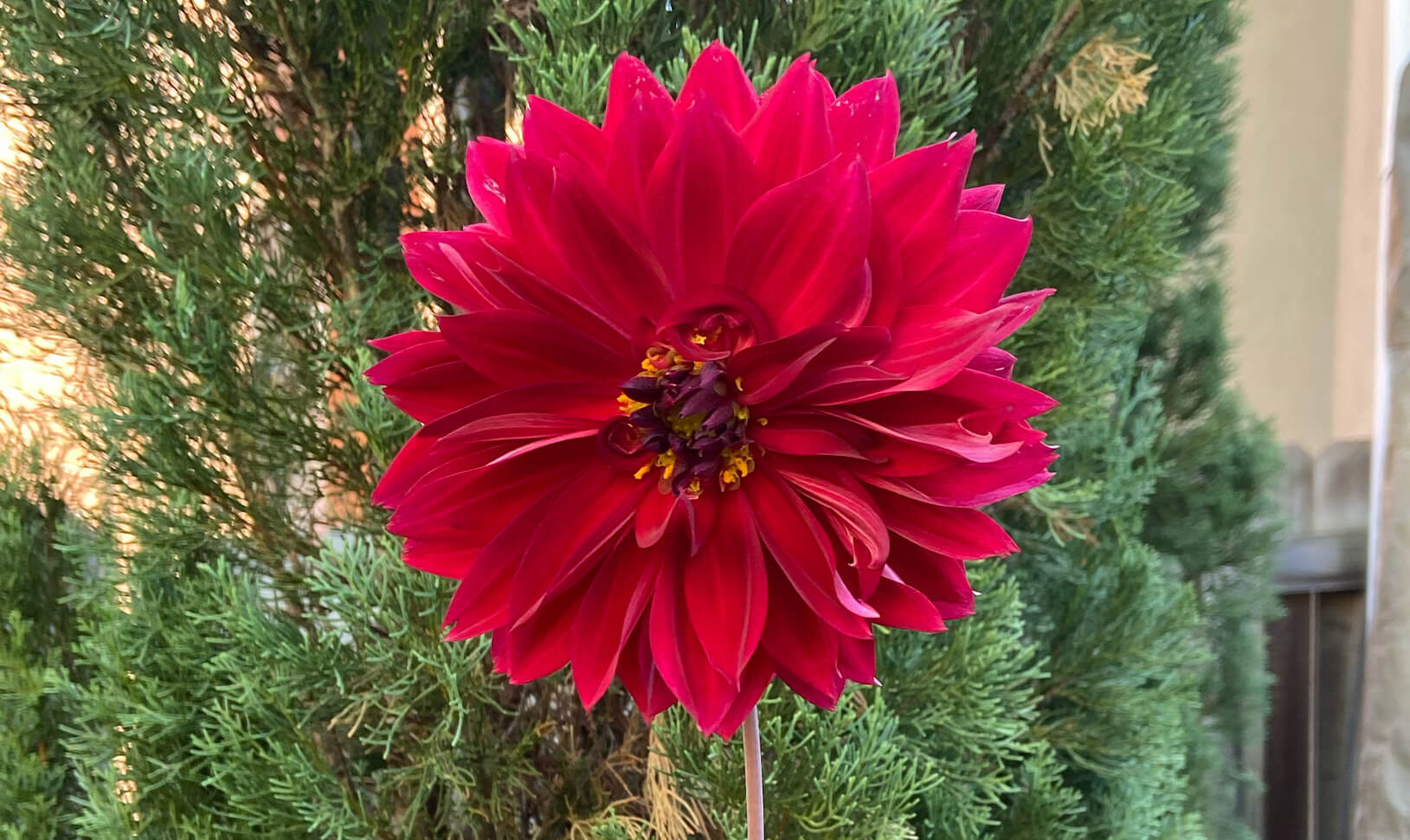
Rainwater is naturally soft and free of additives like chlorine and fluoride, which makes it easier for plants to absorb nutrients. Dahlias, with their big thirst and frequent blooming, especially appreciate a good soak from the sky.
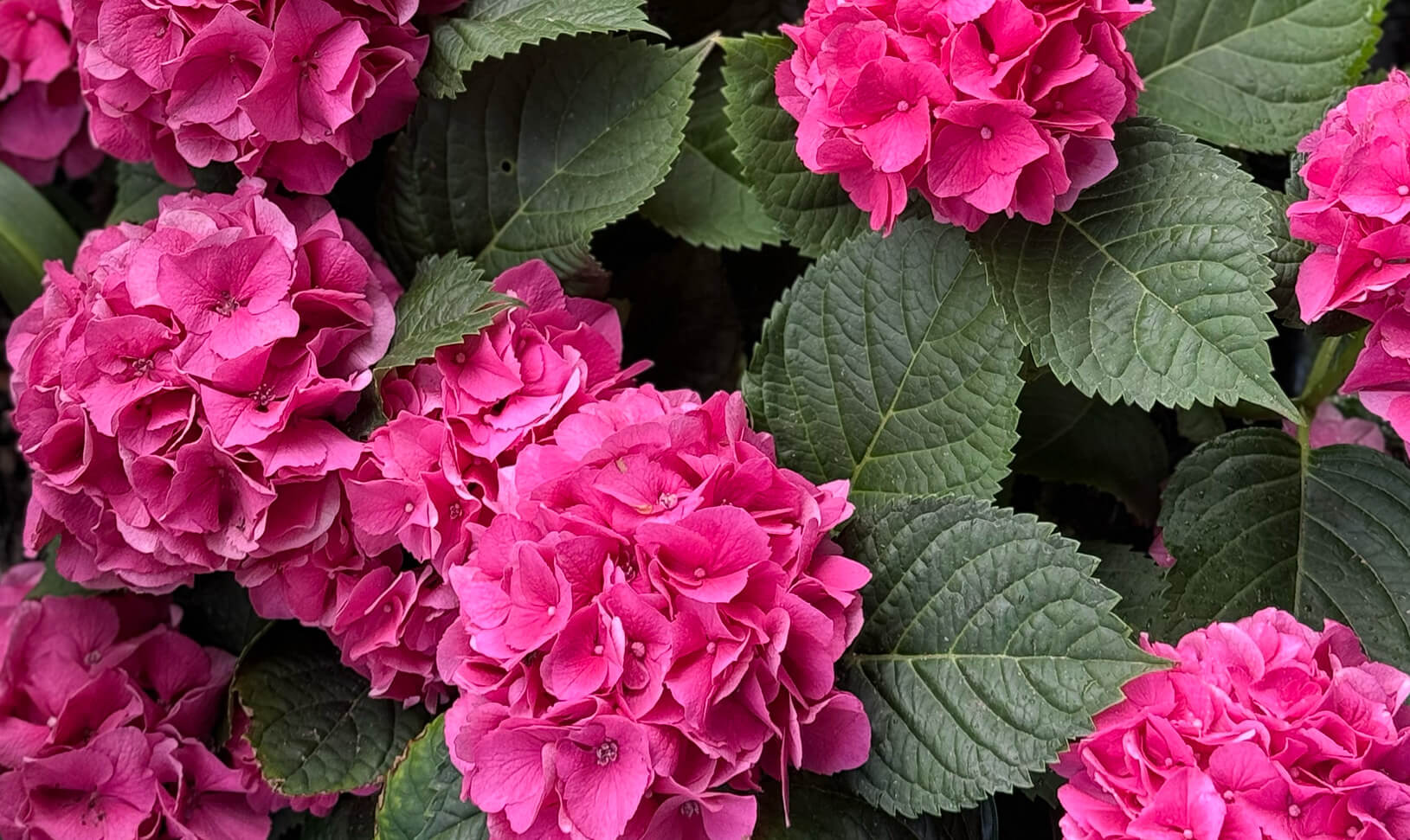
11.
Hydrangeas
(Hydrangea macrophylla and others)
These classic Southern blooms shift color depending on your soil’s mood—sometimes pink, sometimes blue, sometimes a mix of both. Their billowy blooms are a summer icon and a soil pH science experiment all in one.
Bloom color depends on soil pH and aluminum availability. – Acidic soil (low pH) makes blue flowers, while alkaline soil (high pH) makes pink. Aluminum in the soil helps intensify blue coloring.
(Add crushed eggshells or coffee grounds to slightly tweak your soil’s pH and nudge the blooms toward blue or pink.)
They were once used as a rain gauge. – Because hydrangea petals absorb and reflect moisture, they were used to signal upcoming rain or humidity changes.
They’re named for water. – The name Hydrangea comes from the Greek hydor (water) and angeion (vessel), a reference to their water-loving nature and cup-shaped seed pods.
Some species have lacecap blooms. – Unlike the big “mophead” flowers, lacecap hydrangeas have flat blooms with tiny fertile flowers in the center and larger showy florets around the edge.
Hydrangeas are mildly toxic. – All parts of the plant contain compounds that can be harmful if ingested in large amounts—so best to enjoy with your eyes, not your salad.
Mixing compost into the soil can help retain water and provide steady nutrients—compost really is black gold, especially for big bloomers like hydrangeas.
12.
Pygmy Date Palm
(Phoenix roebelenii)
Tropical charm in a compact size—perfect for a Southern yard with a hint of the exotic. Its feathery fronds sway gently in the breeze, bringing resort vibes without taking over your space.
It’s one of the few “pet-friendly” palms. – Unlike sago palms, which are toxic, pygmy date palms are considered non-toxic to pets, though they do have sharp spines at the base of the fronds.
They’re dioecious. – This means there are separate male and female plants—only females produce fruit, and only if pollinated by a nearby male.
They’re native to Southeast Asia. – Found in Laos, Vietnam, and nearby regions, they’re adapted to humid tropical environments but can also tolerate dry spells.
They’re commonly used in atriums and courtyards. – Their slow growth and small footprint make them ideal for semi-enclosed garden spaces where larger palms wouldn’t fit.
They can handle some frost. – While they prefer warmth, mature pygmy palms can survive brief dips below freezing with minimal damage.
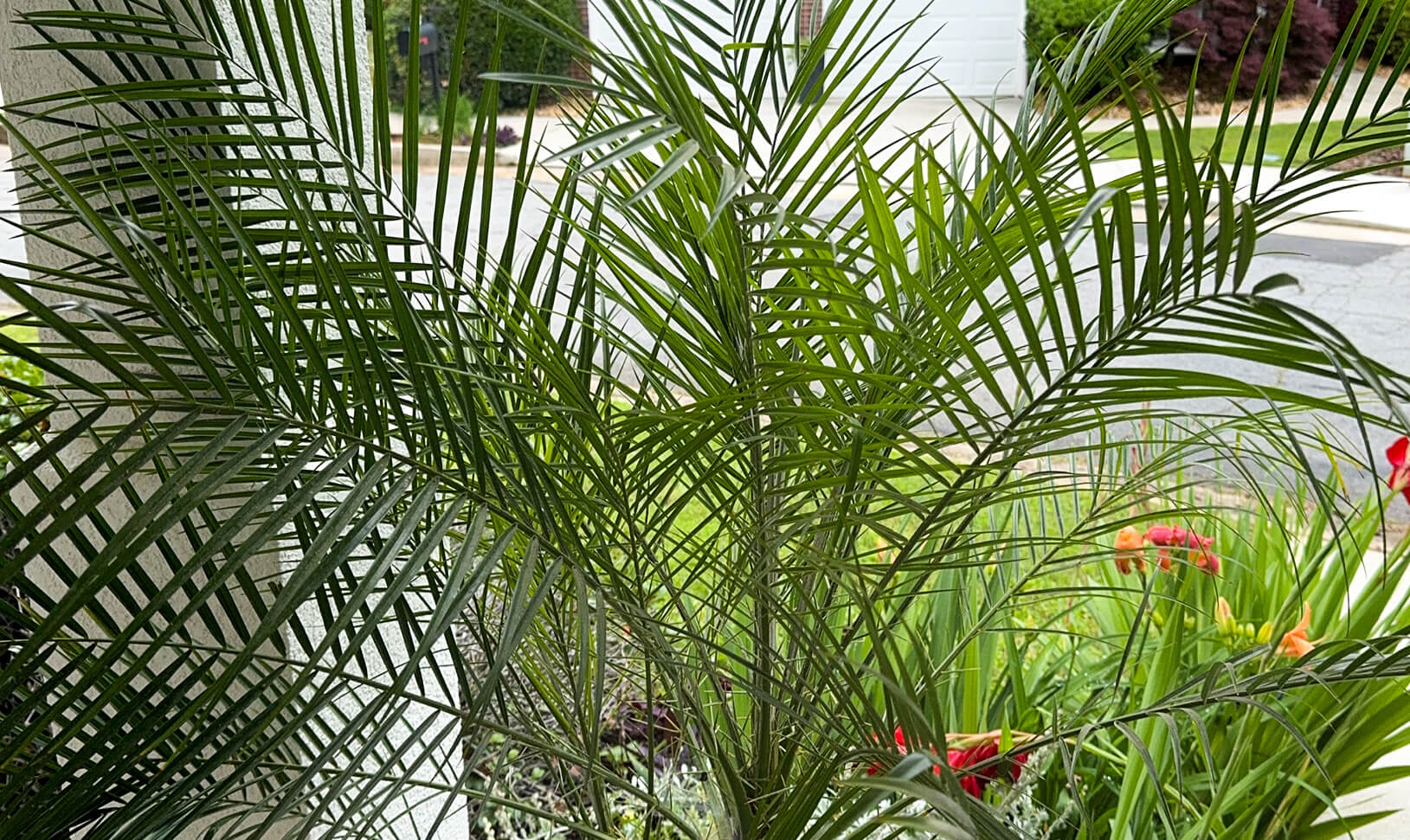
Studies show that spending time around green, living things can lower stress and promote a sense of well-being. With its graceful fronds and tropical shape, the pygmy date palm brings that calming green energy to any space—even a small corner of the yard.
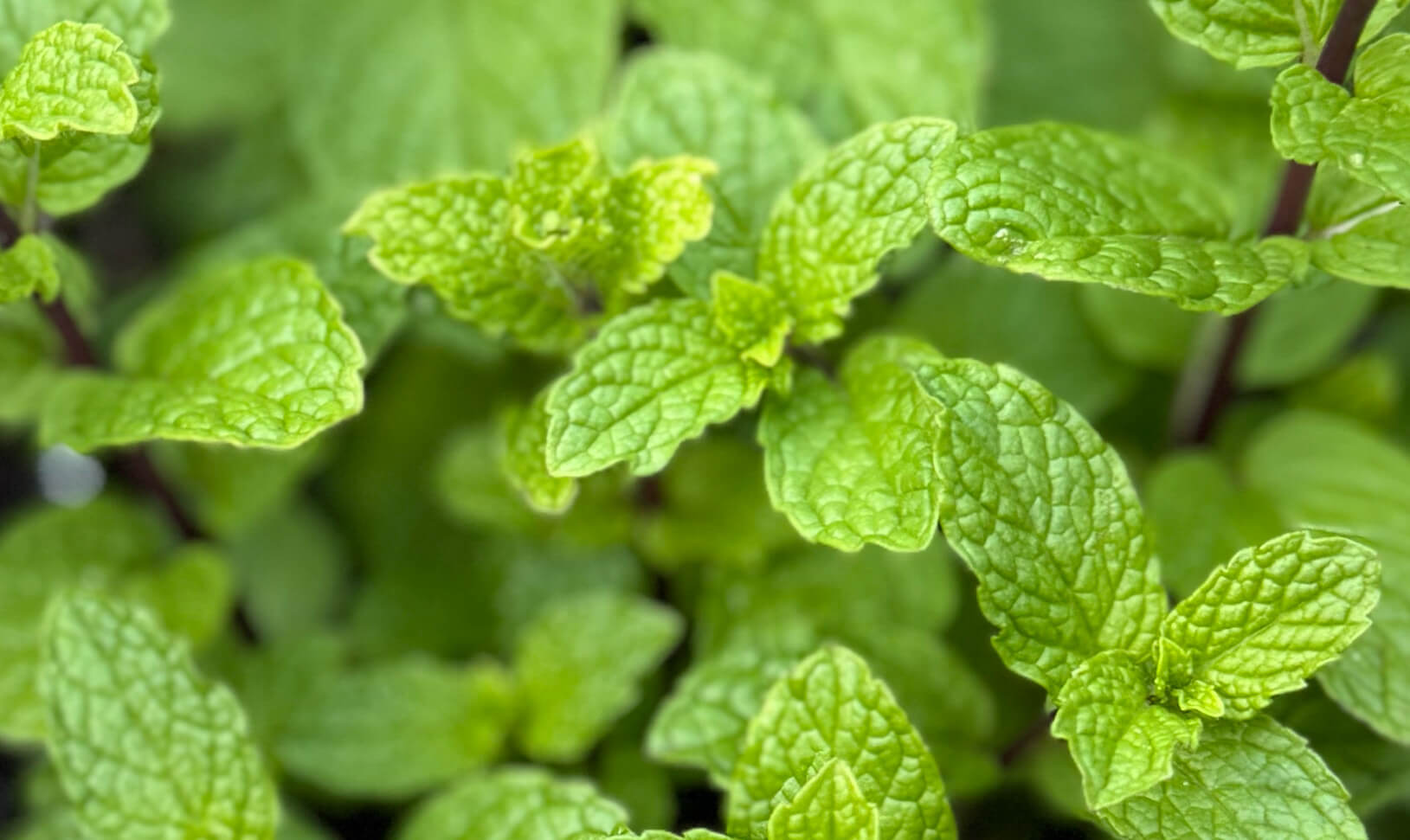
13.
Mint
(Mentha spp.)
These classic Southern blooms shift color depending on your soil’s mood—sometimes pink, sometimes blue, sometimes a mix of both. Their billowy blooms are a summer icon and a soil pH science experiment all in one.
Mint spreads aggressively. – It grows through underground runners and can quickly take over garden beds. This is why it’s often best planted in containers.
There are over 20 species of mint. – Including spearmint, peppermint, apple mint, and chocolate mint—each with its own aroma and flavor profile.
It’s a natural pest repellent. – The strong scent of mint repels ants, mosquitoes, and even mice. Crushed mint leaves can also be rubbed on skin as a natural bug deterrent.
Mint has been used for centuries medicinally. – Ancient Greeks and Romans used it for digestive issues and as a breath freshener.
The cooling effect isn’t cold—it’s a trick. – Mint contains menthol, which activates cold-sensitive receptors in the skin and mouth, creating the sensation of coolness without changing temperature.
Some plants detect airborne chemicals from nearby plants and adjust how they grow—either ramping up defenses or competing more aggressively. With its strong scent, mint sends out signals of its own—and often dominates the space it’s in.
14.
Oregano
(Origanum vulgare)
A tough little herb with bold flavor—oregano thrives on sunshine and struggle. The more rugged the conditions, the stronger its oils get, which is why it’s a Mediterranean must-have.
It thrives in tough conditions. – Oregano actually produces more flavorful oils when grown in poor soil with lots of sun—it’s a Mediterranean native, after all.
It’s a natural antibacterial. – Oregano oil has antimicrobial properties and has been used in traditional medicine for centuries.
Oregano gets woodier over time. – Older plants start to develop tough stems and become almost shrub-like—perfect for perennial herb gardens.
It’s part of the mint family. – Like basil, sage, and salvia, oregano has square stems and aromatic leaves.
You can dry it easily. – Just hang a bunch upside-down in a dry space—oregano keeps its flavor well after drying, making it a pantry staple.
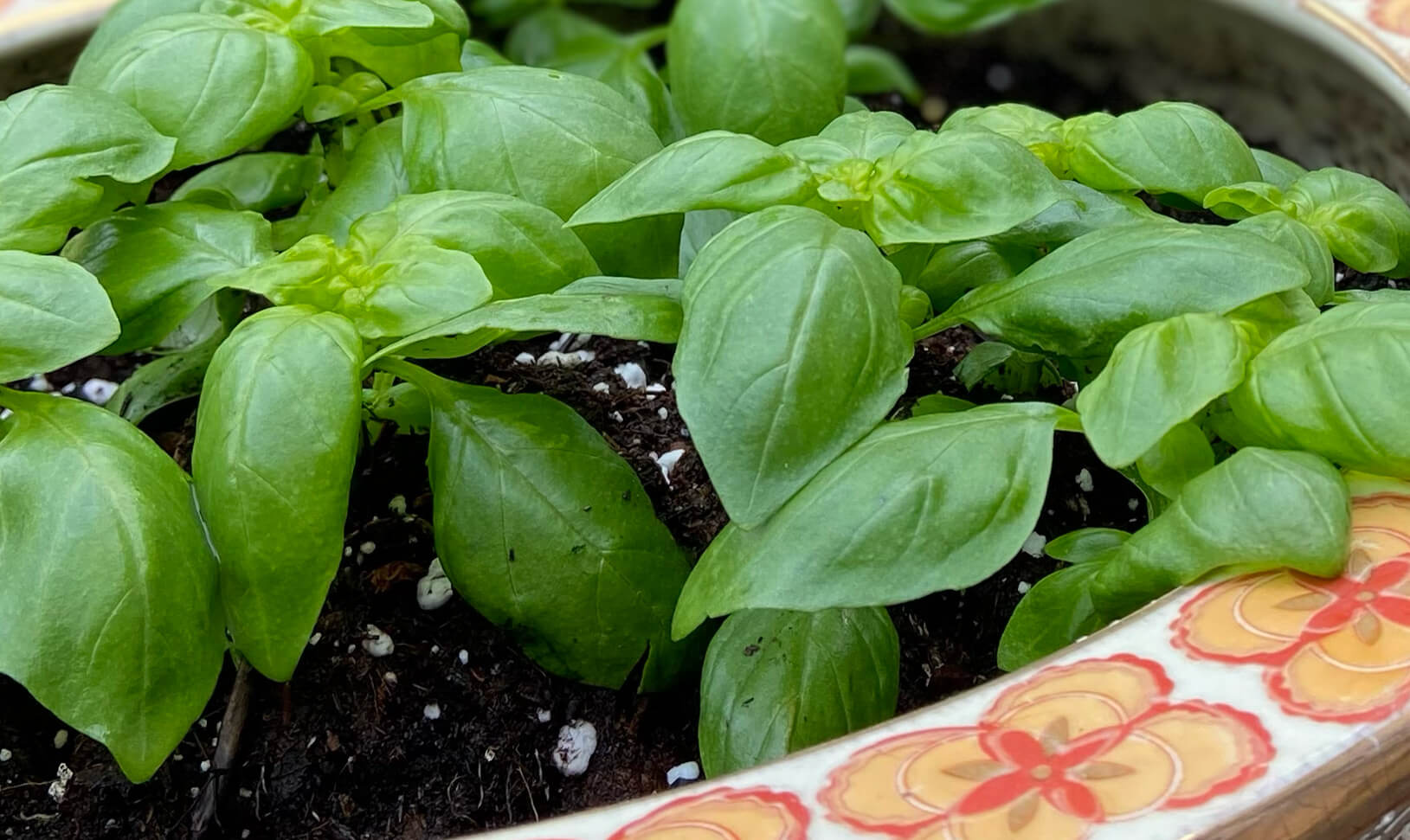
Leaves are tiny solar panels. Through photosynthesis, they turn sunlight into energy—and oregano’s sun-loving leaves do their best work soaking up those rays in full light.
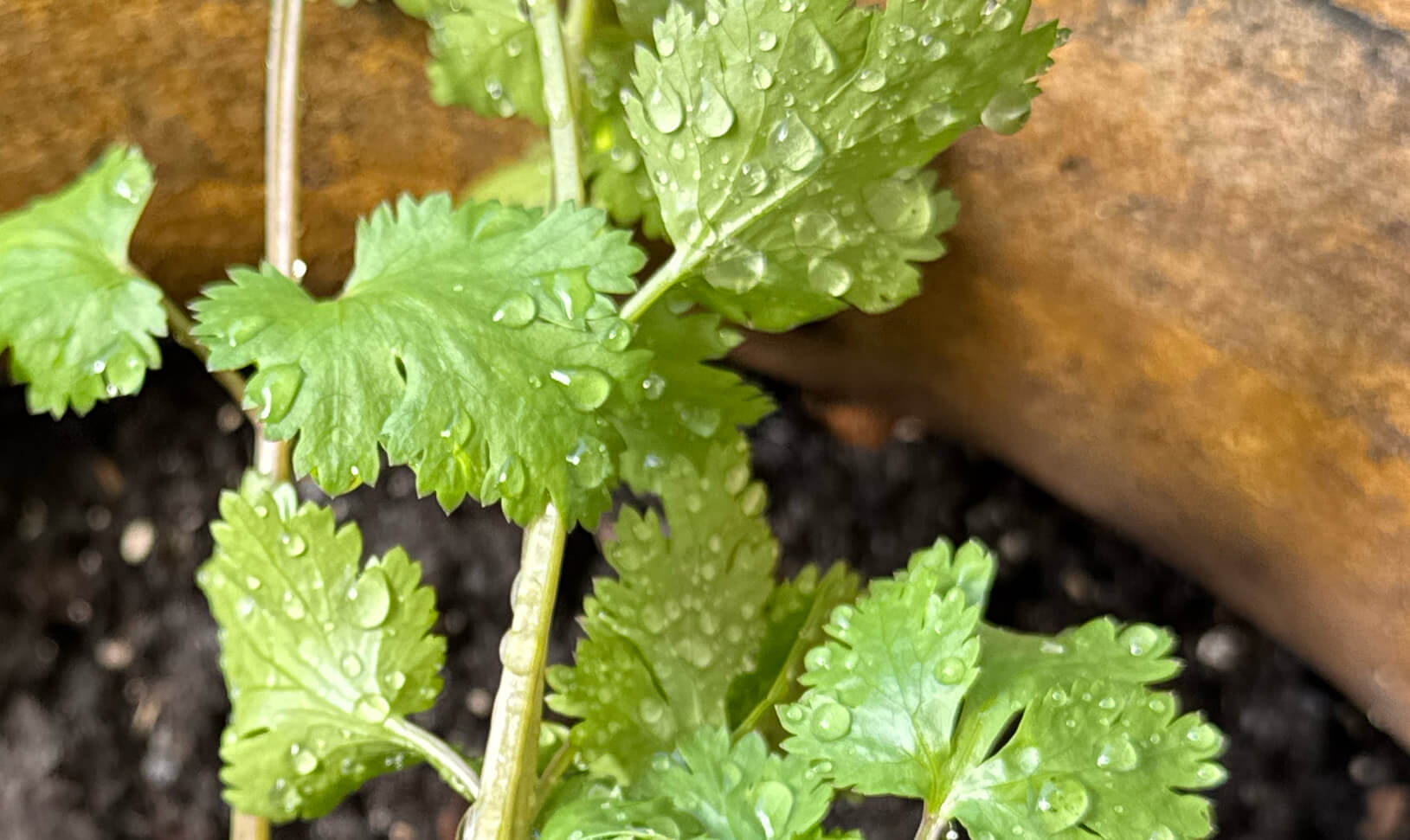
15.
Cilantro
(Coriandrum sativum)
One plant, two flavors—cilantro’s leafy tops are fresh and bright, while its seeds (coriander) offer warm, spicy notes used in global cuisine. It’s quick to grow, but bolts in the heat—so it often needs a second planting in summer.
It’s two herbs in one. – The leaves are cilantro, and once the plant bolts and goes to seed, the seeds become coriander—used in spice blends worldwide.
It grows fast but bolts easily. – Cilantro prefers cooler weather and quickly sends up flower stalks (bolts) in heat, which ends leaf production.
It’s polarizing. – Some people think it tastes fresh and citrusy, while others say it tastes like soap—this comes from a genetic difference in smell receptors.
It’s rich in antioxidants. – Cilantro has been used medicinally for digestive health and detoxification.
It self-seeds readily. – Let it flower and go to seed, and you’ll often find cilantro popping up again next season on its own.
Ladybugs are garden allies. If you let cilantro flower, it can attract beneficial insects like ladybugs, which feast on aphids and help protect your herbs and vegetables naturally.

What the Plants Know
So much is happening in the garden—even when it’s quiet. Some plants bloom boldly, others quietly anchor the soil. Some signal pests to their neighbors, some attract ladybugs for help, and yes—some even seem to listen.
It might sound far-fetched, but studies show that certain plants can actually respond to vibrations—specifically the sound of a caterpillar munching on leaves. In one experiment, mustard plants exposed to chewing sounds began producing protective chemicals before they were touched. Not just any sound triggered them—only the precise frequencies of feeding vibrations made a difference.
While “Plants Can Hear You Chew” is a playful exaggeration, it’s rooted in something real: plants are more aware of their surroundings than we often give them credit for. Some even respond to music, or grow toward rhythmic vibrations in a phenomenon called phonotropism.
From mint that tries to take over the world to lilies storing energy all year for one dramatic bloom, each plant in the garden has its own quiet intelligence.
The more time I spend among them, the more I realize—this little backyard isn’t just growing.
It’s listening.
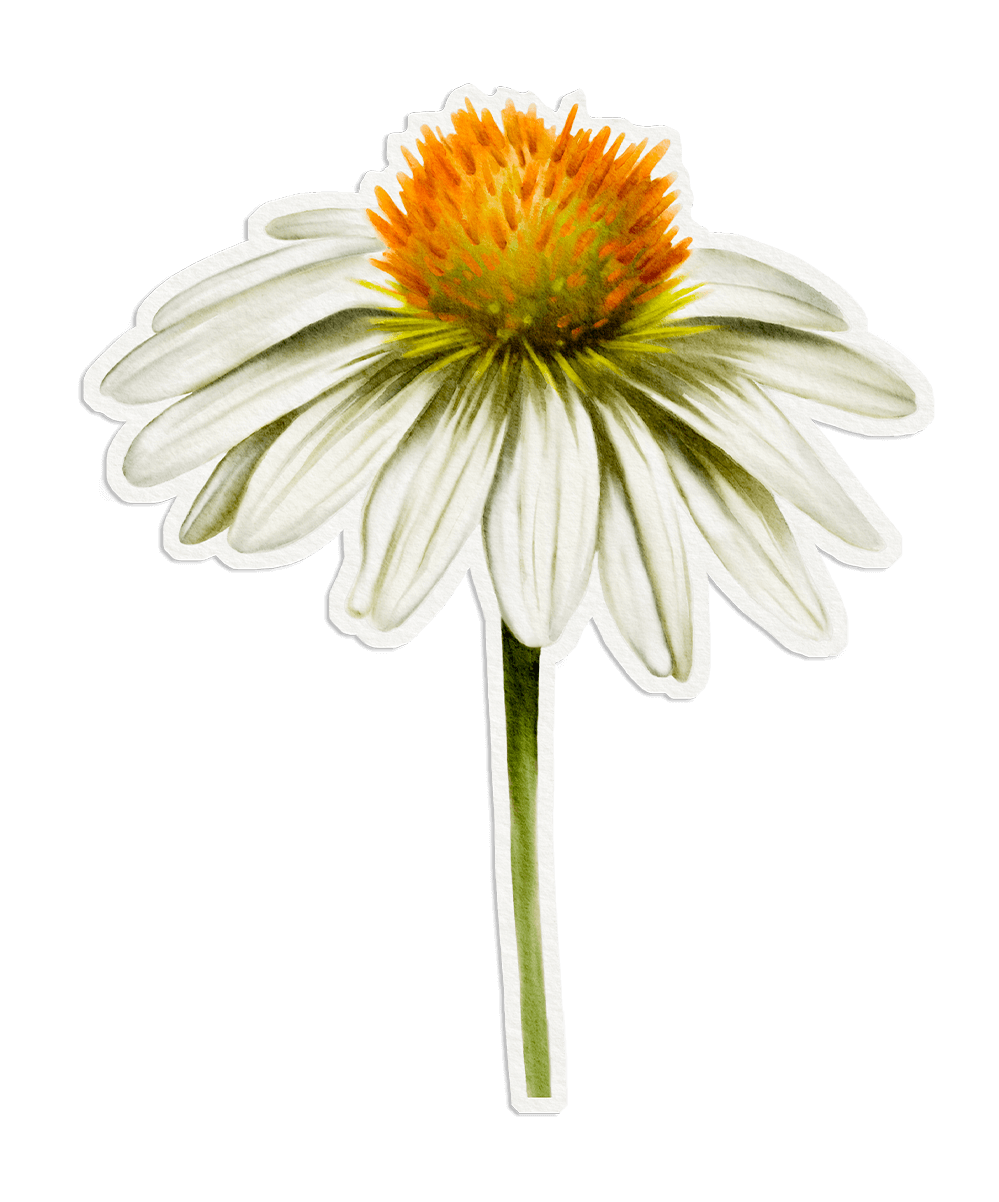
Test Your Knowledge!
WHAT THE PLANTS KNOW TRIVIA
A fun, fast-paced quiz to test and see what you can recall about the fun facts above! Try quick mode for a fast challenge or take the full quiz to see how much you really know!
